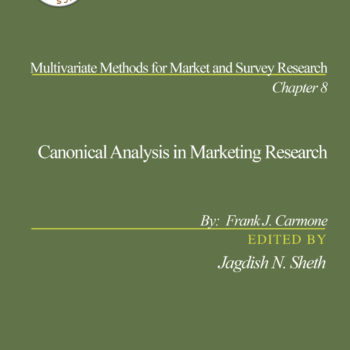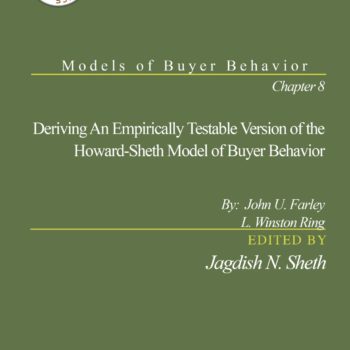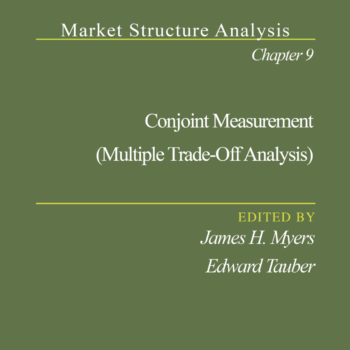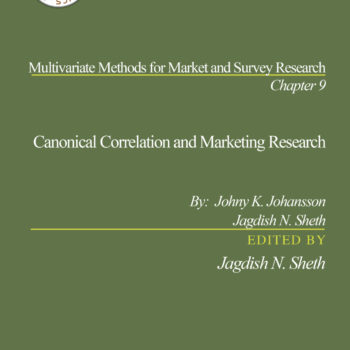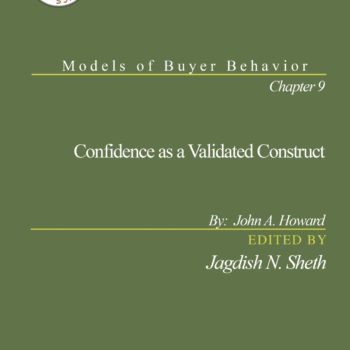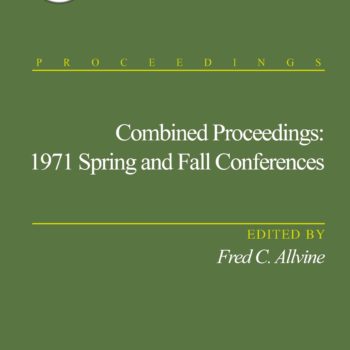Market Research Category
Chapter 8 – Benefit Structure Analysis
Chapter 8 of Market Structure Analysis
The chapter describes the technique of benefit structure analysis, developed by one of the authors and used to systematically search for needs in broadly defined markets. The resulting benefit structure study has two objectives: to identify the most important consumer needs within a broad need area, and; to measure the extent to which these needs are not being met. Awareness of both the size of the needs and need deficiencies offers ideal direction for product improvement and promotion.

